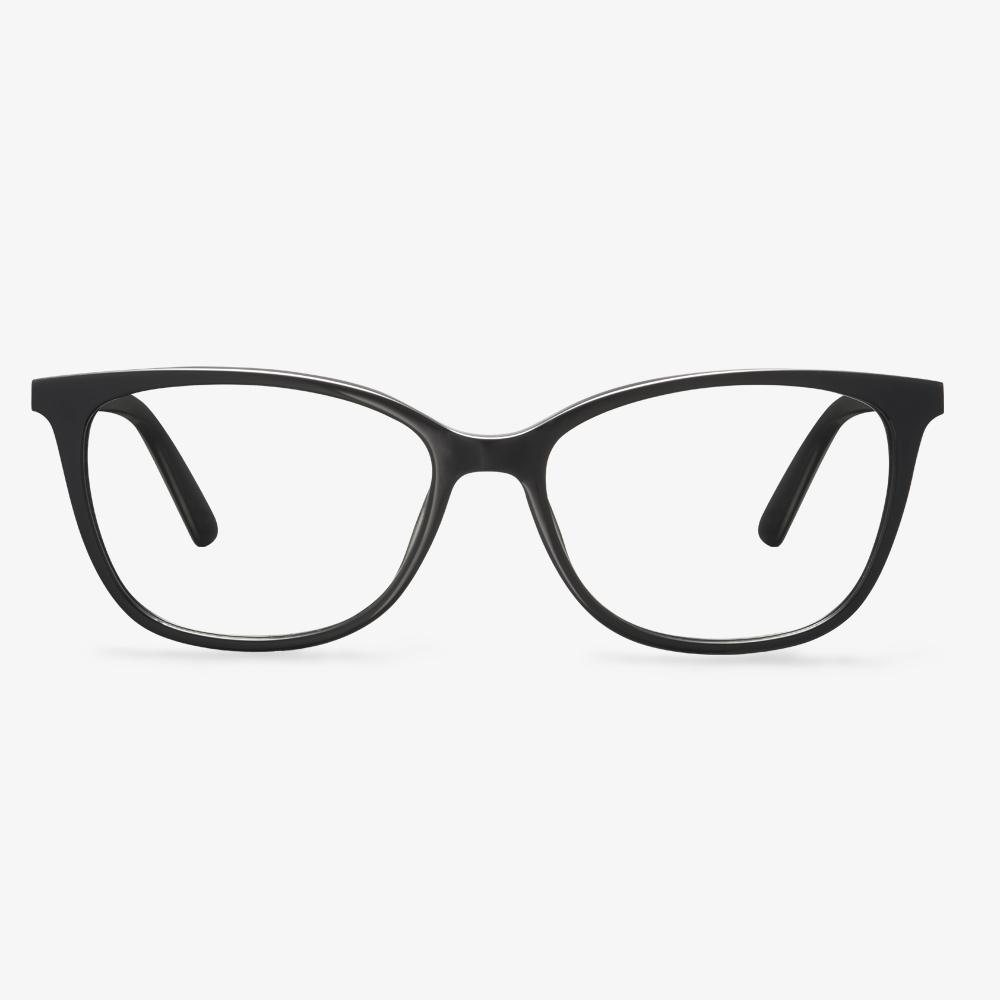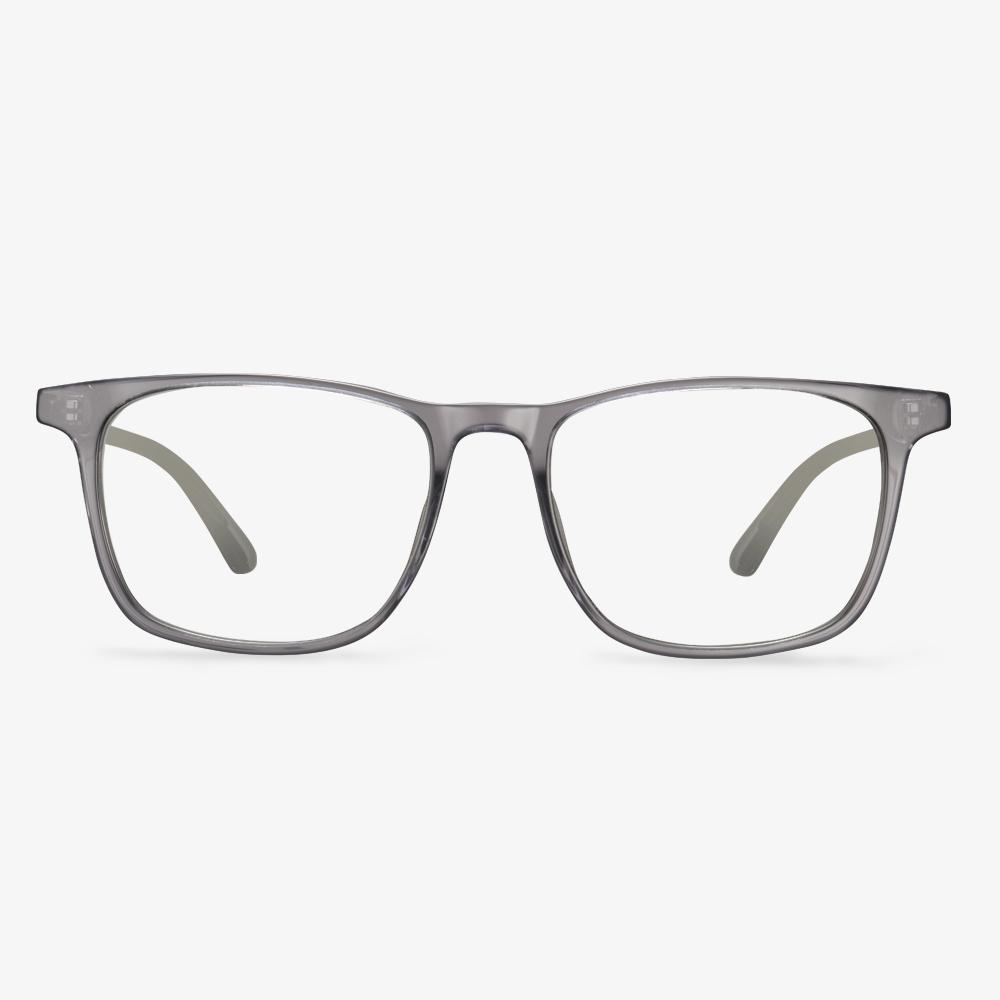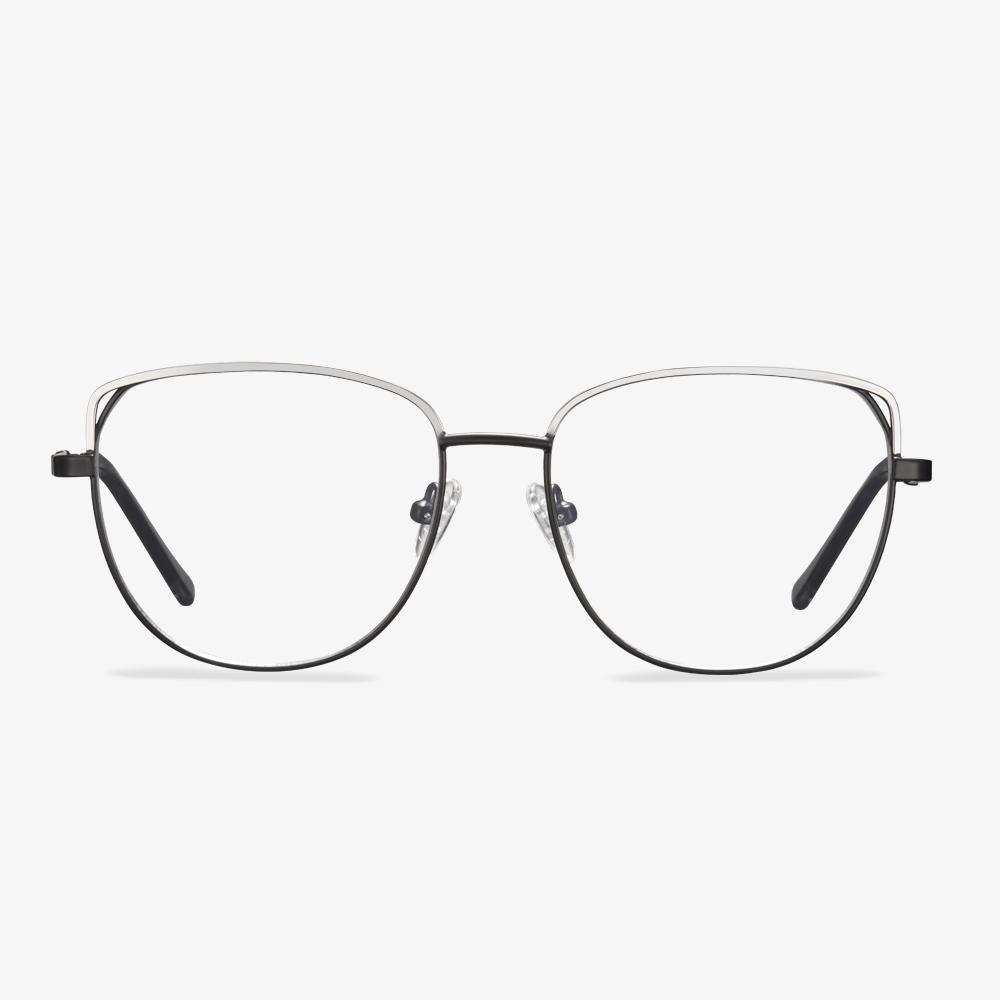Is it a good idea to buy glasses online?
If the product is purchased from a reputable and trusted retailer, buying glasses online is just as safe as buying any other product online. Buying custom-made products, such as 'prescription glasses' online, is a bit more complicated than buying regular 'ready-made' glasses. All uploaded prescription glasses orders are reviewed and notified when serious errors are found in the prescription. All prescription glasses to be shipped are also carefully checked by quality control personnel to ensure that the glasses match the required prescription to the highest standard.
Cellulose Acetate
Acetate is a kind of thermoplastic resin obtained by esterifying acetic acid to acetic anhydride under the action of a catalyst. Acetate is resistant to water, gasoline, mineral oil, and lipids, weak alkaline solutions, and acids, excellent weather resistance, not resistant to ethanol, strong acids, and strong alkaline solutions. During thermoforming, it is very necessary to dry the material before forming. Acetate was born in the early 20th century, and was successfully trial-produced and industrialized by the UK in the early 1920s. At present, it is the second-largest variety in cellulose fiber after viscose fiber. Acetate can be used to make textiles, cigarette filters, film bases, and plastic products.
What are the benefits of Silhouette?
The wonderful style suits both men and women. The glasses are made of strong, reliable, and not heavy metal. They adopt a screw-free design and high-quality process. The glasses are made of titanium alloy temples and are highly ergonomic. They are not heavy and elastic (only 1.8 grams in weight), independent of momentum changes and extreme gravity. The temples and nose pads are made of hypoallergenic titanium alloy. With no screws and hinges, they provide optimal safety in space conditions.
What kind of lens is a progressive lens?
Progressive lenses are optical lenses designed for simultaneous correction of far, medium (for computer use), and near (for reading). They are Progressive Additional Lenses (PAL). The so-called progressive, The so-called progressive, is the use of polishing technology to achieve a gradual transition between the two focal lengths. The advantage of this design is that the wearer can see far and near objects alternately without taking off the glasses.
The development of glasses
In 1451, Nicholas of Cusa of Germany invented a lens that was thinner in the middle and thicker at the end to help short-sighted people. In 1727, Edward Scarlett, an English optician, invented modern frames that could be worn over ears and noses. Benjamin Franklin, an American scientist, and philosopher invented bifocals, which divide the lenses into far and near parts. The two lenses are held together by a metal frame. Frame construction has improved over the centuries, and today frames have come in different kinds of styles and designs. Unbreakable lenses were invented in 1955, and in 1971 a new type of lens combining plastic and glass properties was invented.
How do bifocal reading glasses work?
Bifocal reading glasses have two different lenses on the same lens. The top of the lens is your normal distance prescription, while the bottom is for close-up viewings, like reading. The two lenses allow you to alternate between them by moving your eyes up and down as needed. A bifocal lens is a type of lens that has two different areas of vision: one for close range and one for long-range. Typically, the upper section covers remote vision and the lower section covers reading. With a traditional bifocal lens, you can see the difference between the two lenses because the lower curve is a little different.
What does the Drop Ball Test have to do with the eyewear industry?
FDA mandates that eyewear products must ensure their safety. Impact resistance is a basic norm for binding glasses and/or lenses in the United States. The FDA does say that a drop ball test must be performed on every glass lens for prescription use. The FDA-regulated eyewear products are common in the everyday lives of the public, and the FDA considers impact-resistant lenses to be an important part of the safe design of these devices. Today, safety lenses are rarely mentioned in our sales, but in the 1990s, when resin lenses first entered the Chinese market and glass lenses still dominated the market, safety lenses were a pretty important concept. At the time, the hardening technology has not been upgraded, and the resin lens is easy to wear out than the glass lens. The eyewear industry is relying on lightness, safety (anti-impact), comfort (anti-ultraviolet) step by step to achieve the market share of resin lenses from 1% to 100%.


















































